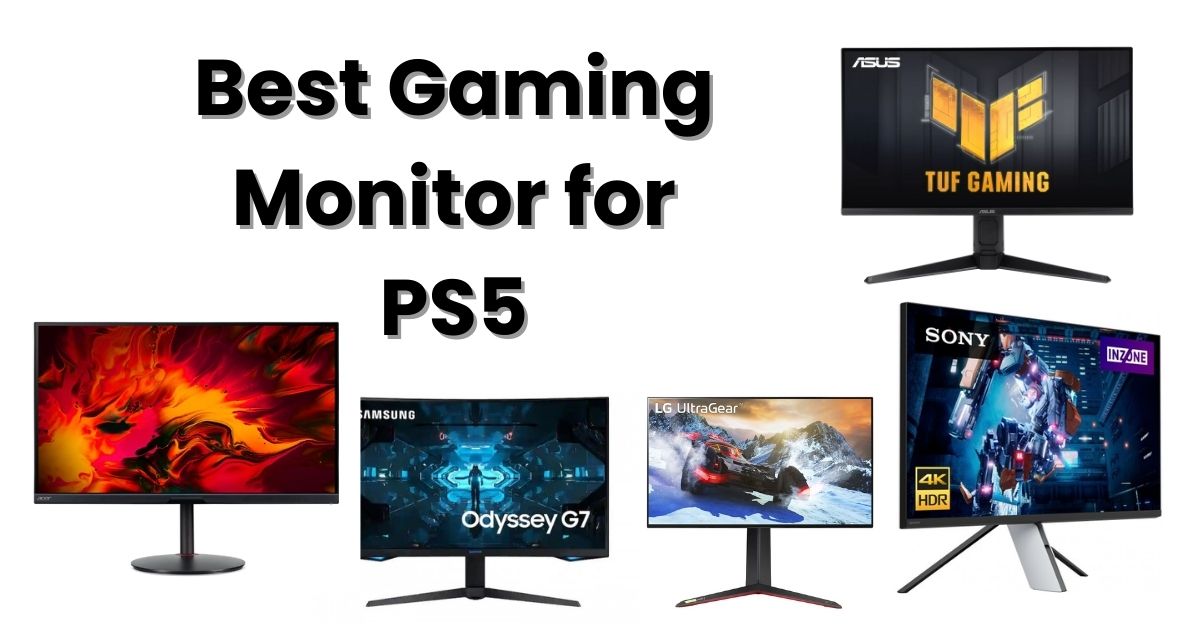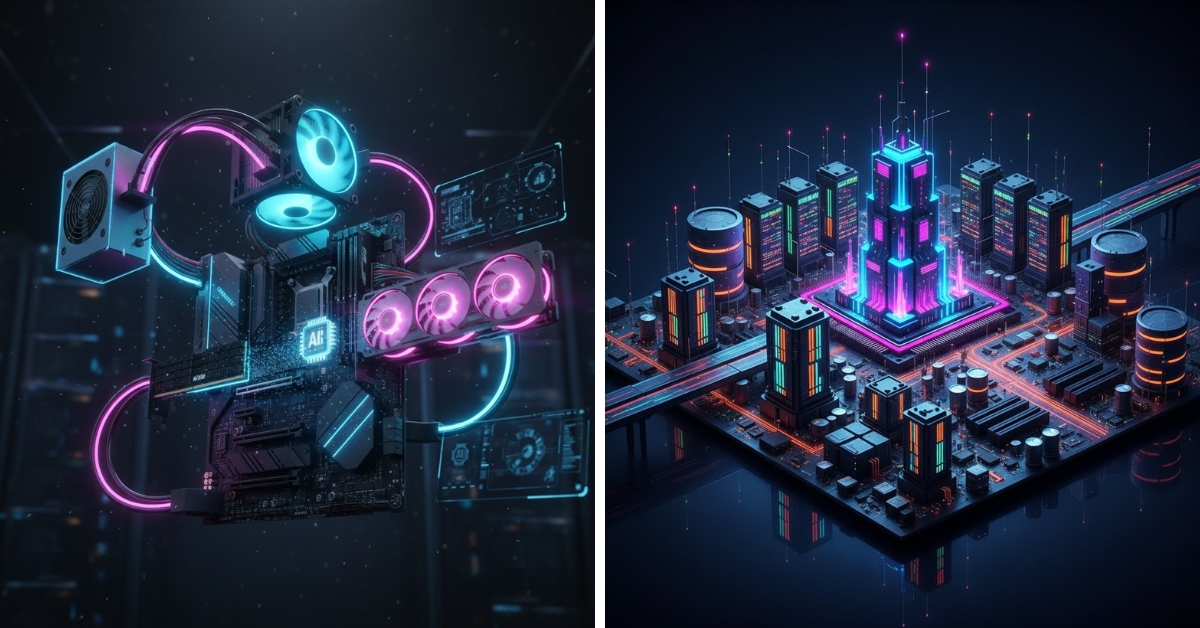1. Introduction
If you’ve ever worked on video projects that stutter, freeze, or crash while editing, chances are your RAM wasn’t enough. RAM plays a major role in how smoothly your video editing software like Adobe Premiere Pro, DaVinci Resolve, or Final Cut runs. It helps your computer handle large video files, multiple background tasks, and complex projects without slowing down.
From amateur content producers editing 60-second videos, to professionals with 3–4 hours worth of 720p video, or even RAW 8K footage, RAM is an integral part of rendering your workflow speedy and smooth. You might cut on a phone video editing platform or an ultramodern editing system – RAM matters.
2. RAM Basics
Let’s break it down step by step: RAM is your computer’s short-term memory. While your disk space stores files indefinitely, RAM temporarily holds the data your editing program needs when it’s running. While you edit video, RAM helps you load the clips, add effects, preview in real-time, and switch between apps—all without delay.

If we could just take a peek at some of the important specs:
- Capacity (GB): This indicates how big your RAM is, e.g., 16GB, 32GB, or 64GB. More RAM modules mean more room for your machine to multitask.
- Speed (MHz): Also called clock speed, this shows how fast your RAM is. Higher the value, the faster video processing. An example is 3200MHz, which is a common sweet spot for new systems, while 5600MHz offers phenomenal memory speed.
- DDR Generations: DDR4 is common today, but DDR5 is the newer, faster one. DDR4 is still great for most editing tasks and is less expensive.
- Latency: This is how quickly your RAM responds. Lower latency means snappier performance in your editing software.
All but the least expensive kits have DDR4 RAM that provides baseline performance, and that will be acceptable for casual gaming and amateur editors. But for best video editing workflow, you’ll need to increase.
3. How Much RAM Do You Need for Video Editing?
That depends on the kind of videos you’re editing and which video editing software you are using.

1080p Editing
If you’re doing most of your work with 60-second videos, music videos, or client videos at 1080p, your minimum RAM requirement is 16GB. You’ll be adequately powered for most things unless you’re using heavy background software or a large number of apps.
4K Editing
4K is four times the size of 1080p, i.e., four times the actual memory consumption. You will need a minimum of 32GB RAM for an uninterrupted video editing experience. It enables you to operate DaVinci Resolve, Adobe Premiere Pro, and programs such as After Effects at the same time.
6K, 8K, or RAW Footage
Welcome to the land of complex software and heavy load. You’ll need 64GB to 128GB of RAM to handle these kinds of video editing projects, especially if you’re applying multiple effects, color grading, and rendering 360-degree videos or high-resolution client work.
Many professionals use Apple Studio or high-end PCs with Intel Core i7 or AMD’s Zen-powered processors, which pair well with high-capacity RAM for additional performance gains.

Quick Summary:
| Video Resolution | Recommended RAM | Ideal For |
|---|---|---|
| 1080p | 16GB | Short videos, beginners |
| 4K | 32GB | Professional editors, YouTubers |
| 6K/8K/RAW | 64GB–128GB | Studios, filmmakers, high-end post-production |
4. Key Features to Find in RAM for Video Editing
To make the correct decision for your video editing setup, here’s what to look for while buying RAM for video editing:

- Capacity
Your RAM needs based on your workflow. Begin with 16GB, upgrade to 32GB if budget permits, and opt for 64GB+ for smooth performance on big projects. - Speed and Bandwidth
Choose the RAM with a speed of 3200MHz or higher to cater to editing demands of today. If you’re editing high-end video editing software or processing on 10th-gen Intel Core i7 or AMD processors, 5200MHz faster RAM can give you an amazing 56.6% faster multi-core performance. - Dual-Channel vs. Single-Channel
Always opt for dual-channel RAM—two identical sticks rather than one. This enables the memory to work in tandem, providing better performance and smoother play. For instance, 2x16GB is better than 1x32GB. - Compatibility with Motherboard and CPU
Check if your CREATION motherboard or AMD motherboard can handle DDR4 or DDR5. Older machines will handle DDR4-2400, while newer ones can handle breakneck speeds of up to DDR5-6000. Check your motherboard manual or website for details.
Also, check that your CPU, e.g., Intel Core i5 or newer 12-core alternative from AMD, can handle the memory’s capability for consistent settings and seamless video editing.
- ECC vs. Non-ECC RAM
If you’re in a studio environment where data integrity is important (e.g., with client vids or live TV), use ECC (Error-Correcting Code) RAM. It’s common in workstations, not PCs for consumers. It prevents memory error crashes.
For average users, non-ECC RAM is optimal and reasonably priced.
5. Best RAM by Use Case

💸 Budget Option: Inexpensive but adequate
If you’re new to it all—editing 60-second social media videos or learning Premiere Pro—you don’t require top-of-the-line specs. A decent 16GB DDR4 RAM module provides minimum performance without breaking the bank. Opt for lower-cost models from established brands such as Crucial or TeamGroup that provide affordable kits with reasonable speed (approximately 2666–3200MHz).
These are sufficient for light users, students, or single freelance video editors who are working on mobile phone videos or 3–4 hours of 720p video. Just make sure your video editing machines meet the minimum requirement in both CPU and storage size as well.
✅ Recommended Spec:
16GB DDR4, 2666MHz–3200MHz
Sufficient for 1080p video and light editing
⚖️ Mid-Range Option: Balanced for Regular Creators
If you’re editing video content in DaVinci Resolve or Adobe Premiere Pro, juggling multiple layers, transitions, and audio tracks, you’ll need more power. A 32GB RAM module hits the sweet spot for most video editing applications, offering smooth playback and fewer lags.
Look for 3200MHz or higher clock speed RAM modules for your motherboard. Dual-channel set-ups—two 16GB sticks—are superior to one single stick with an equivalent total capacity.
✅ Ideal Spec:
32GB DDR4, 3200MHz–3600MHz
Ideal for 4K video editing and multitasking
🚀 High-End Option: For Advanced Projects and Power Users
Are you a professional editor handling 6K, 8K, or 360-degree videos? Then you need RAM that can manage a heavy load. 64GB–128GB DDR4 or DDR5 RAM offers enough muscle for demanding software, heavy effects, and background tasks like After Effects running alongside Premiere.
✅ Spec Recommendation:
64GB–128GB DDR4/DDR5, 3600MHz+
Heavy-duty use, RED footage, or high-res timelines

🏢 Workstation-Class RAM: For Studios and Commercial Environments
Commercial or studio editing? Then workstation-level RAM—typically ECC (Error-Correcting Code) RAM—is your best bet. It’s optimized for ultimate performance and stability, especially while editing long-form video projects with huge timelines and collaborative work.
✅ Spec Recommendation:
64GB+ ECC DDR4/DDR5 RAM
Best for post-production studios, VFX, or studios
6. Brands and Models to Look For
There are many brands out there, but some of them are better in the performance PC market. Here’s a quick overview of some of the most trusted names:
- ⭐ Corsair
- Vengeance LPX – Ideal for budget and mid-range systems, fits small rooms
- Dominator Platinum – High-end, premium design with amazing memory speed
- ⭐ G.Skill
- Ripjaws – Reliable, budget-friendly choice for everyday editing
- Trident Z – Sleek, fast, and pro builder’s favorite
- ⭐ Kingston
- Fury Beast – Best choice for quick performance in video editing
- Renegade – For lightning-fast speeds and high-end workstations
- ⭐ Crucial
- Ballistix – Inexpensive and often included in budget kits
- Pro Series – Better suited for professional applications
- ⭐ Others Worth Mentioning
- TeamGroup – Excellent speed and price ratio
- Patriot – Solid mid-range performance
- ADATA – Extremely compatible with DDR4-2400-limited motherboards
7. Upgrading Your RAM Tips

RAM upgrade can be amongst the fastest ways to accelerate your video editing performance. But you have to do it right.
- ✅ Check Compatibility
Your motherboard should be able to handle the kind of RAM (DDR4 or DDR5), speed, and size. Look at the manufacturer’s website or use a tool like CPU-Z. - ✅ Pair Up Your RAM Sticks
Use matched sticks, always in pairs (dual-channel), for maximum performance. Mixing earlier models or different brands can cause instability. - ✅ Update BIOS & Enable XMP Profiles
Most RAM modules don’t run at their max speed out of the box. You’ll need to go into the BIOS and enable XMP (Extreme Memory Profile) to activate the advertised clock speed.
8. Conclusion
Choosing the right RAM isn’t necessarily a matter of grabbing the biggest number. It’s about meeting in the middle of RAM needs, editing software, and your video editing station.

Let’s cut it down short:
- 16GB is good enough for straightforward 1080p editing
- 32GB is where most editors end up who use DaVinci Resolve or Adobe Premiere Pro
- 64GB+ is the best for high-res editing, effect-laden timelines, and multi-tasking
- Workstation RAM with ECC is ideal for professional installations and studios
Finally, don’t forget that RAM is only half the story. Couple your memory with a robust CPU (like Intel Core i7), dedicated graphics cards, fast drives for video editing, and adequate disk space for an efficient video editing experience.
FAQS: Best RAM for Video Editing
1. Why is RAM important in video editing?
RAM plays an enormous role in the performance of your video editing program. It contains all the data your system needs while you work on your project—like video files, transitions, and effects temporarily. The higher the RAM, the reduced lag, faster previews, and overall better performance, especially if you have complex projects or high-resolution material like 4K or 8K.
2. How much RAM do I need for 1080p video editing?
For linear 1080p editing, 16GB of RAM is the bare minimum recommended. It will suffice for most video editing programs and the average project, as long as you don’t have a great deal of background software running concurrently.
3. How much RAM do I need to edit 4K or higher resolution?
If you’re editing 4K, use at least 32GB RAM to have a seamless video editing experience.
If you’re editing 6K, 8K, or RAW footage, you might use 64GB–128GB, depending on whether you’re using DaVinci Resolve, Adobe Premiere Pro, or applying heavy effects and color grading.
4. Does RAM speed (MHz) really matter when you’re video editing?
Yes, it is—especially if paired with a modern CPU like Intel Core i7 or AMD Zen-based processors. Faster RAM (like 3200MHz or higher) allows faster video processing and smoother multitasking.
That being said, capacity usually matters more than speed.
5. Is 8GB RAM adequate for video editing?
Technically, yes—only for very primitive performance, like clipping short 60-second videos in low resolution.
The majority of video editing software will not work well with just 8GB RAM, especially if it is processing more than one layer, running background programs, or handling greater resolution video.
6. Do I need to use single-channel or dual-channel RAM?
Always go with dual-channel RAM. It maximizes RAM usage efficiency and makes real-time playback and render speeds in your video editing software faster.
For example, 2x8GB (dual-channel) is superior to 1x16GB (single-channel).
7. How does RAM differ from storage (like SSDs)?
RAM is short-term memory that you access while you’re editing, and storage space (HDD or SSD) holds your files permanently.
Think of RAM as your desktop space and storage as your filing cabinet. You’ll use both—but if you want a faster workflow, RAM directly affects your editing speed.



